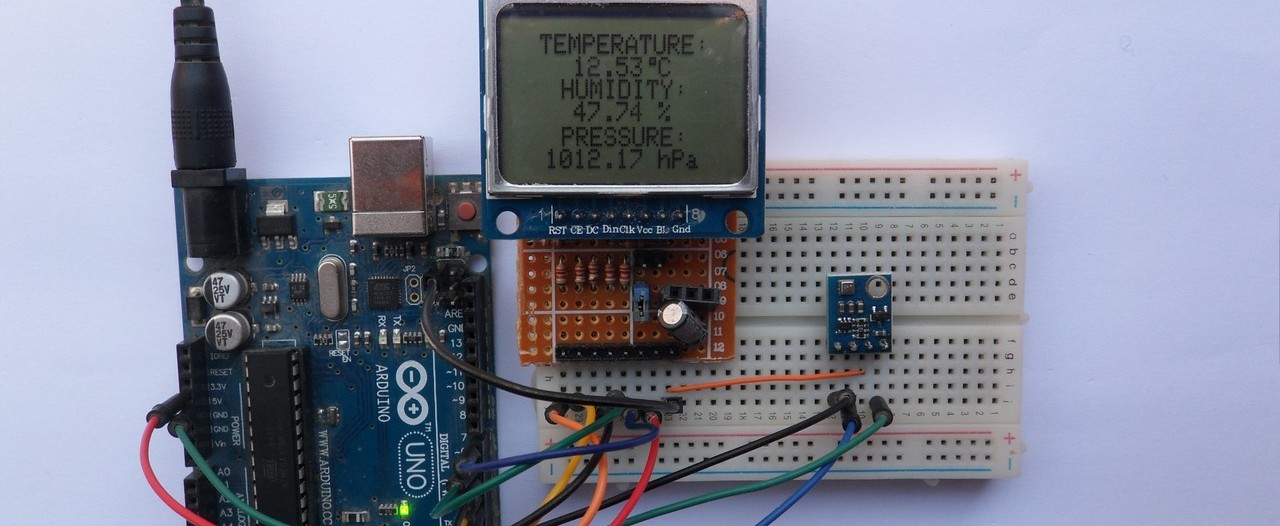Skip course categories
Course categories
Skip available courses
Available courses
- Teacher: Viswanath J
- Teacher: Anita S
- Teacher: Nandhakumar P
- Teacher: Prabakaran PA
- Teacher: Gandhimathi A
- Teacher: Anita S
- Teacher: Ramadevi K
- Teacher: KARTHIKEYAN G
- Teacher: Anita S
- Teacher: Rajalakshmi S
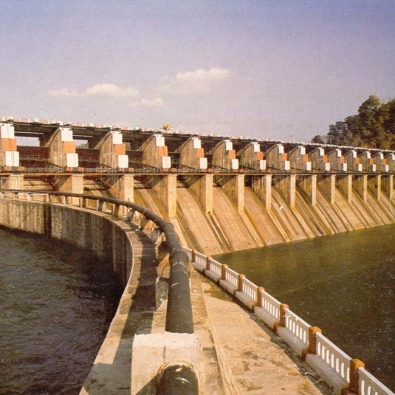
- Teacher: Gandhimathi A
- Teacher: Geethakarthi A
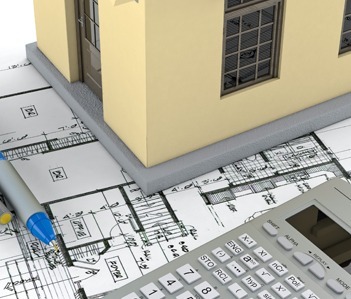
- Teacher: Lisa Mary Thomas
- Teacher: Prabakaran PA
- Teacher: Premalatha J
- Teacher: Manju R
- Teacher: Anand T
- Teacher: Gayathri V
- Teacher: SONIA B I
- Teacher: Rajalakshmi S
- Teacher: Viswanath J
- Teacher: Anita S
COURSE OVERVIEW
1. Course Code: U17CEI5201
2. Mode: Blended Mode ( Theory + Practical)
3. Title: Environmental Engineering
4. Type of Course: (Foundation/ Discipline/ Elective): Foundation
5. Cohort for which it is compulsory: 5th Semester
6. No of Credits: 4
7. Semester and Year Offered: Odd semester / 2019
8. Course Handling Faculty: Asst Prof. M.Jamuna / Email : jamuna.m.ce@kct.ac.in
9. Pace : Scheduled
10. Pre-requisites: Nil
11. Objectives:
- To perform water characterization and to study the various water demand
- To learn the various unit process and operation of water and wastewater
- To understand the water distribution networks and plumbing system
- To estimate the sewage weather flow conditions and hydraulics of sewer
12. Brief description of modules/ Main modules: [ 60 Hours COURSE ]
13. Learning Outcomes of the Course
CO1: Plan and estimate public water supply system
CO2: Design the various components of water treatment plants
CO3: Design water distribution networks and service supply to buildings
CO4: Estimate and design of sewage flow and plumbing system
CO5: Design of septic tanks and the various components of sewage treatment plants
List of Experiments (for water and wastewater):
1. Introduction to standards, Collection, Preservation of samples and sampling Techniques - A Study Experiment
2. Determination of pH
3. Determination of conductivity
4. Determination of Turbidity
5. Determination of Acidity and alkalinity
6. Determination of Hardness
7. Determination of Residual Chlorine and Available Chlorine
8. Determination of Sulphates
9. Determination of Chlorides
10. Determination of Optimum Coagulant Dosage
11. Determination of Solids
12. Determination of Oil and Grease
13. Determination of Dissolved Oxygen
14. Determination of Biochemical Oxygen Demand
15. Determination of Chemical Oxygen Demand
16. Determination of Iron
17. Determination of Fluoride
14. Course Evaluation
Assessment Methods: Theory 1. Continuous Assessment Test I & II - 30% 2. Assignment, Group Discussion – 20% 3. End Semester Examination - 50% Assessment Methods: Practical 1. Continuous Assessment Mark - 30% 2. Model Examination I & II - 20% 3. End Semester Examination - 50% |
15. Suggested Readings
1. Garg, S.K., "Water Supply Engineering", Khanna Publishers, 31 st Edition, 2017
2. Garg, S.K., "Sewage Disposal and Air Pollution (Environmental Engineering II)", Khanna Publishers, 38th Edition, 2017
3. Peavt, H.S, Rowe, D.R, Tchobanoglous, G. "Environmental Engineering", Mc-Graw-Hill Indian Edition, New Yourk 1st Edition 2013
4. "Manual on water supply and treatment", Mininstry of Urban Development, New Delhi, 3rd Edition 2013
5. "Manual on Sewerage and sewage Treatment Systems", Part A, B and C, Central Public Health and Environmental Engineering Organization, Ministry of Urban Development, 3rd Edition 2013
6. APHA, AWWA Standard Methods for the Examination of water and wastewater, American Public Health Association, Washington, D.C, 22nd Edition, 2012.

- Teacher: Sathyamoorthy GL
- Teacher: Jamuna M
- Teacher: Satheesh Kumar KRP
- Teacher: SenthilKumar V
- Teacher: Prabakaran PA
- Teacher: Anand T
- Teacher: Lisa Mary Thomas
- Teacher: Sindhu Vaardini
- Teacher: SONIA B I
- Teacher: Nandhakumar P
- Teacher: Satheesh Kumar KRP
- Teacher: Ramsundram N

- Teacher: KARTHIKEYAN G
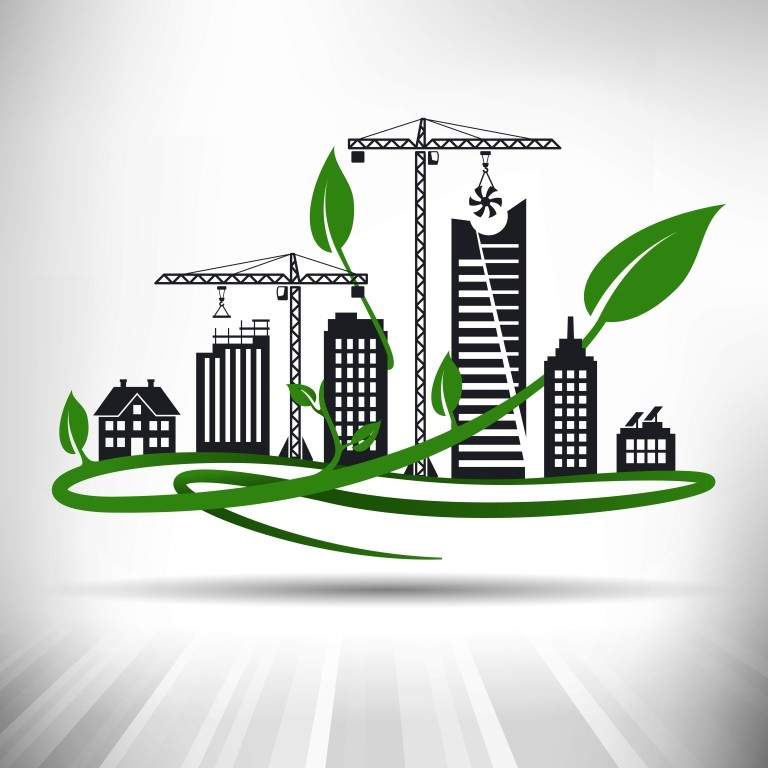
- Teacher: KARTHIKEYAN G
- Teacher: Nandhakumar P
The "Advanced Design of Steel Structures" course is an in-depth exploration of the principles, techniques, and advanced methodologies involved in the design and analysis of steel structures. Geared towards engineering professionals and students with a foundational knowledge of structural engineering, this course delves into the intricacies of steel structures to enhance participants' understanding and proficiency in designing complex and high-performance steel-based constructions.
Course OutcomeAfter successful completion of this course, the students should be able to
CO1: design various types of connections for steel structural elements.
CO2: analyze and design cold-formed steel structural components.
CO3: analyze and design steel towers.
CO4: design special structures like steel chimney and bunkers and silos and analyse the structures for wind and earthquake forces for design loads.
CO5: Design composite beams, slabs and columns.
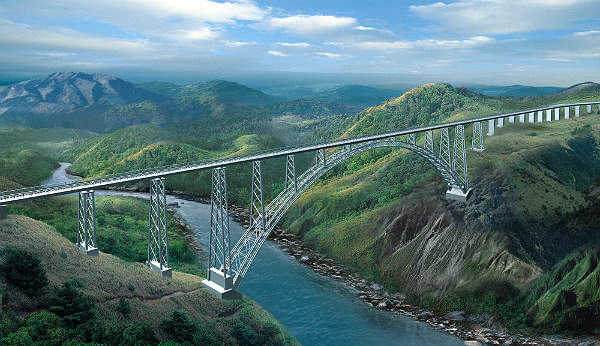
- Teacher: KARTHIKEYAN G
The field of strength of materials (also called mechanics of materials) typically refers to various methods of calculating the stresses and strains in structural members, such as beams, columns, and shafts. The methods employed to predict the response of a structure under loading and its susceptibility to various failure modes takes into account the properties of the materials such as its yield strength, ultimate strength, Young's modulus, and Poisson's ratio. In addition, the mechanical element's macroscopic properties (geometric properties) such as its length, width, thickness, boundary constraints and abrupt changes in geometry such as holes are considered.
The theory began with the consideration of the behavior of one and two dimensional members of structures, whose states of stress can be approximated as two dimensional, and was then generalized to three dimensions to develop a more complete theory of the elastic and plastic behavior of materials. An important founding pioneer in mechanics of materials was Stephen Timoshenko.
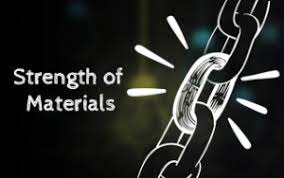
- Teacher: KARTHIKEYAN G
Course Objectives
• To gain knowledge about the various materials used for the construction work.
• To understand various types of foundation and masonry.
• To know the types of floors and roofs, plastering, damp proof courses and various support
structures adopted in building construction.
Course Outcome
After successful completion of this course, the students should be able to
CO1: Identify and suggest the suitable building material for construction of buildings
CO2: Understand the types and tests on cement and concrete
CO3: Classify the type of foundation and masonry
CO4: Understand the types of floors and roofs
CO5: Understand the appropriate supporting structures for building based on the need of the site
for carrying out the construction activity.
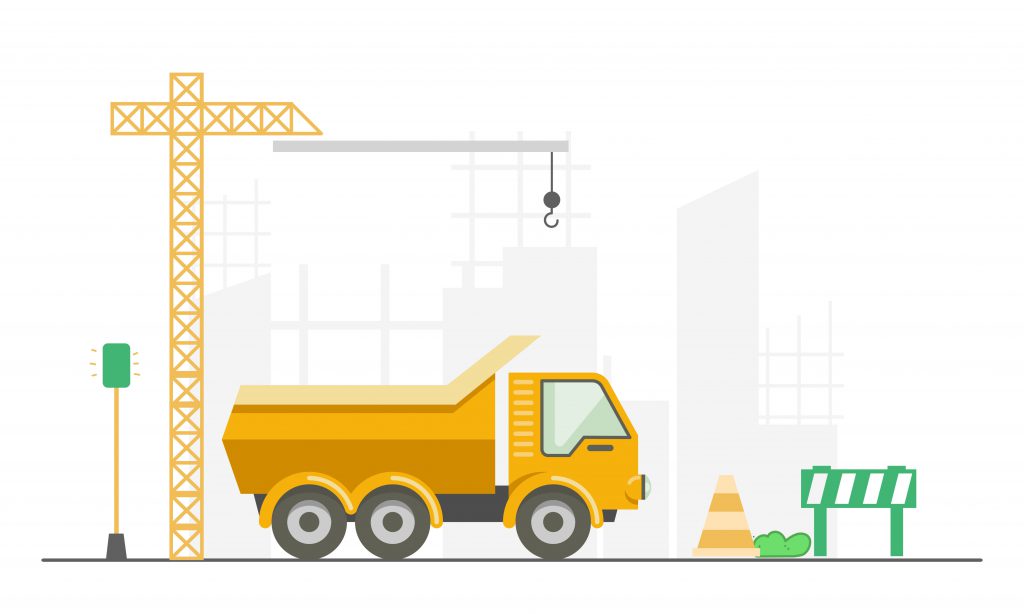
- Teacher: KARTHIKEYAN G
Course Outcome
After successful completion of this course, the students should be able to
CO1: Diagnose for serviceability and durability aspects of concrete.
CO2: Suggest the materials and techniques used for repair of structures.
CO3: Decide the appropriate repair, strengthening, rehabilitation and retrofitting technique required for a case study building
CO4: Recommend an appropriate health monitoring technique and demolition technique
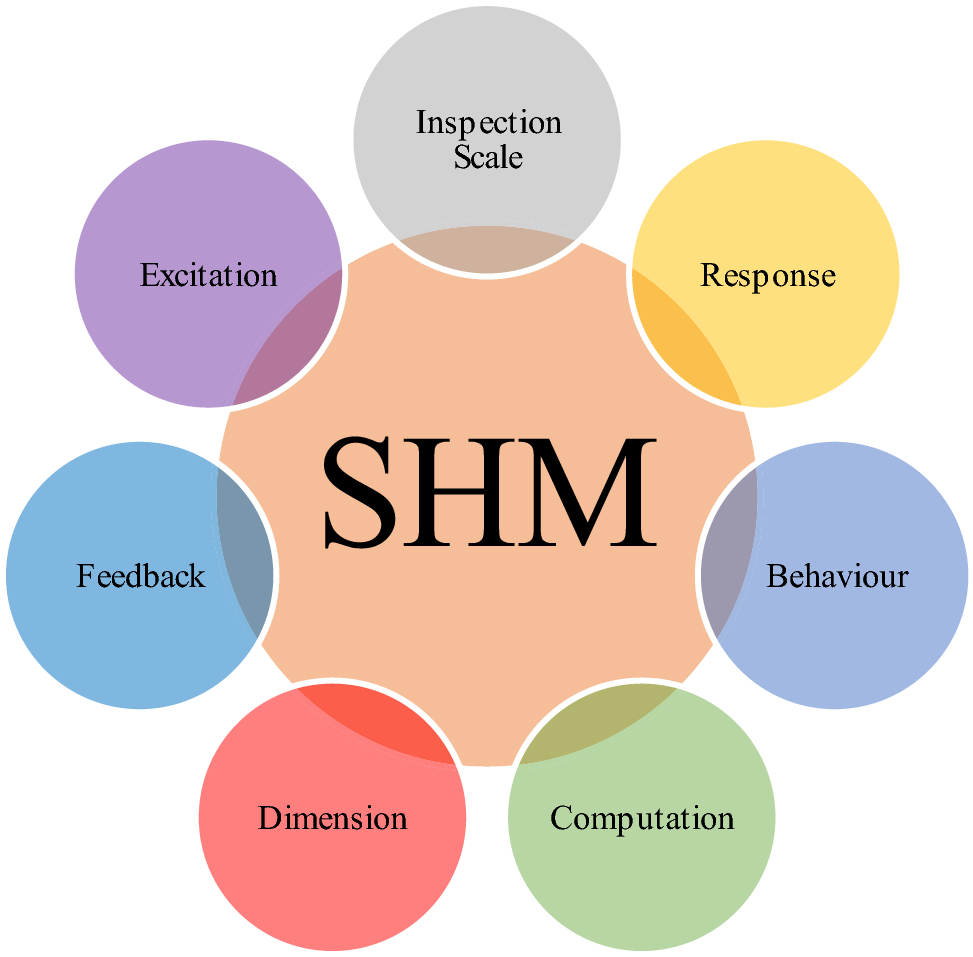
- Teacher: KARTHIKEYAN G
Course Objectives
• The objective of this course is to know the basics of solid mechanics.
• To understand the concepts of mechanics of structures.
• To understand the behavior.
• Determine the internal forces and analyses the stresses of various structural elements under action of different types of forces.
Course Outcome
After successful completion of this course, the students should be able to
CO1: Apply the fundamental concepts of stress and strain in the analysis of various structural components and machines.
CO2: Analyze the beams to determine shear forces, bending moments.
CO3: Determine the bending, shear stresses and deflection produced in a beam
CO4: Analyze and design shafts and springs used in vehicles and structures
CO5: Find out the design forces in truss members.
- Teacher: KARTHIKEYAN G
Skip courses

